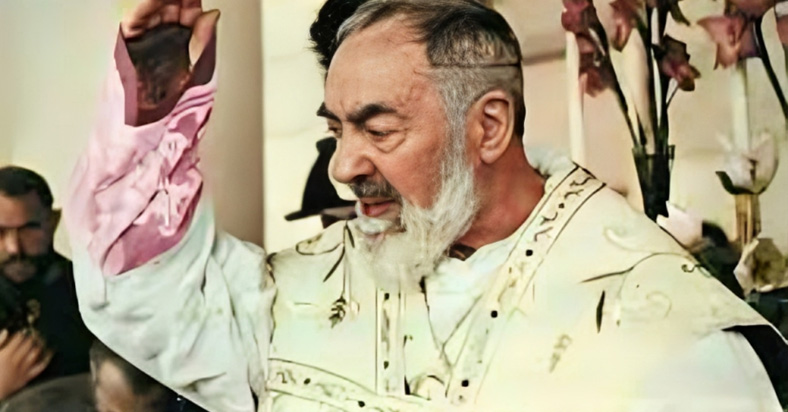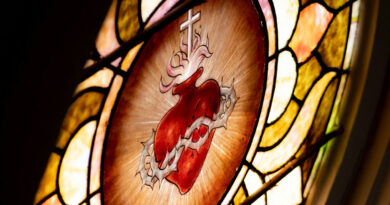Advise from St. Padre Pio in Attending the Holy Mass with Reverence
St. Padre Pio, a revered saint and mystic known for his deep spiritual insight and devotion, provided timeless guidance on how to attend Holy Mass with reverence and devotion. In a letter dated July 25, 1915, to a spiritual daughter named Annita Rodote, Padre Pio outlined a set of instructions that remain relevant for today’s faithful. His advice is not merely a set of rules but a spiritual framework designed to deepen one’s relationship with God through the Mass.
- Entering the Church: A Sacred Space
Padre Pio begins with the importance of entering the church in silence and with great respect. This initial act sets the tone for the sacredness of the Mass. The church, referred to as the “house of prayer,” is a place where the divine presence is profoundly felt. Silence upon entering helps in cultivating an atmosphere of reverence and prepares the soul for worship. - The Holy Water and Sign of the Cross
Upon entering, the faithful are encouraged to take holy water and make the sign of the cross carefully and slowly. This act is a reminder of one’s baptism and a physical gesture of sanctification, invoking the Holy Trinity’s protection and blessing. - Genuflection and Presence
In the presence of the Blessed Sacrament, Padre Pio instructs the faithful to genuflect devoutly. This act of humility and adoration acknowledges Christ’s real presence in the Eucharist. Following this, one should kneel down and render to Jesus the tribute of their presence, reflecting a heart open to divine communion. - Personal Prayer and Filial Abandonment
Once settled, believers are encouraged to confide in Jesus all their needs and those of others. This intimate dialogue should be conducted with filial abandonment, trusting fully in God’s providence and care. It’s a moment to lay down burdens and seek divine assistance with the confidence of a child speaking to a loving parent. - Composure and Devotion
Throughout the Mass, maintaining composure is crucial. Padre Pio emphasizes being very composed when standing up, kneeling down, and sitting. Every act of worship should be carried out with the greatest devotion, reflecting the inner reverence one holds for the sacred mysteries being celebrated. - Modesty and Focus
Modesty in one’s glance and behavior is essential. Padre Pio advises against turning the head to see who enters or leaves the church. This practice helps maintain focus on the liturgy and prevents distractions, ensuring that one’s attention remains on the divine. - Silence and Solemnity
Laughing and unnecessary talking are discouraged. Communication should only occur out of charity or strict necessity. This preservation of silence fosters an environment conducive to prayer and contemplation. - Attentiveness to the Liturgy
Padre Pio also stresses the importance of saying the words distinctly, observing pauses, and never hurrying. This attentiveness allows for a more profound engagement with the prayers and readings, enhancing the spiritual experience. - Edification and Example
Behaving in a manner that edifies others is part of the faithful’s duty. One’s conduct should inspire and uplift those around, contributing to a collective atmosphere of reverence and worship. - Departing with Grace
Finally, Padre Pio advises against leaving the church without asking Jesus for his blessing and forgiveness for any shortcomings. Leaving the church recollected and calm signifies a heart that has been touched by the divine and is now carrying that peace into the world.
St. Padre Pio’s guidance on attending Holy Mass is a call to deeper reverence and a more profound spiritual life. By following his advice, the faithful can transform their participation in the Mass from a routine obligation into a heartfelt encounter with the divine. This approach not only honors God but also enriches the spiritual lives of the participants, fostering a more vibrant and devout faith community.




